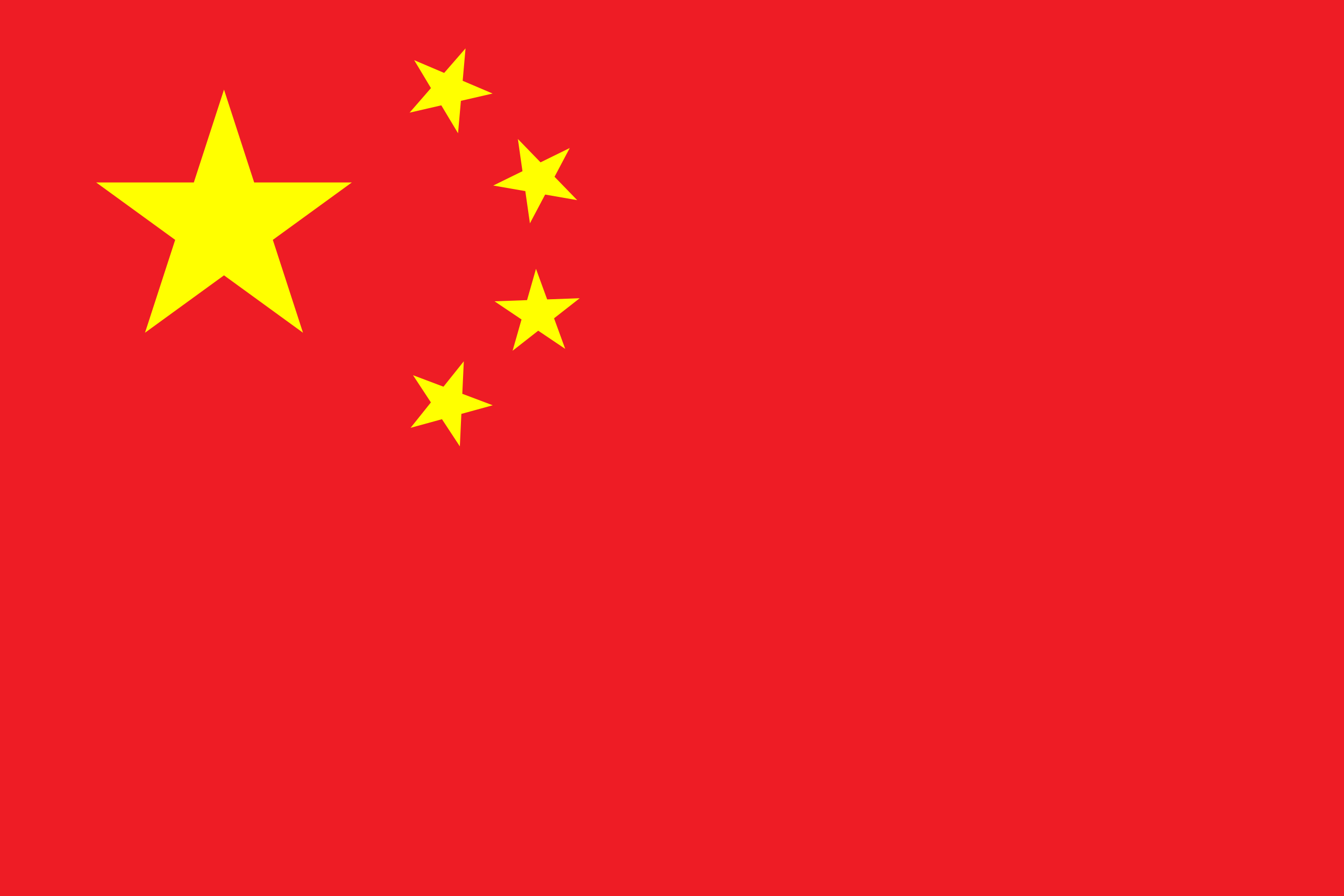World Population Distribution-Population Density-Population Growth
06 May 2020
World Population Distribution-Population Density-Population Growth
Scholarship Description:
World Population Distribution-Population Density-Population Growth is open for . The scholarship allows level program(s) in the field of taught at . The deadline of the scholarship is .
Introduction:
World’s total population i.e. total human beings living on this planet earth, according to US Census Bureau, on 15th October, 2011 was 6.97 billion which currently has crossed the 7 billion mark. According to various statistics, it has been found that the Least Developed Countries (LDCs) is a home to 82 % of the world’s population whereas the remaining i.e. 18% live in Most Developed Countries.
World’s Population Distribution:
As the world is divided in seven continents therefore, to have a better understanding, we will discuss population distribution with respect to continents.
The most densely populated continent is Asia, which is a home of 4 billion people. It accounts for 60 % of the world’s population. World’s most densely populated countries lie in this region. China, India, Pakistan, Bangladesh which fall in world’s top ten densely populated countries are in this region. Only China (app. 19% of world’s Population) and India (app. 17 %) accounts for 37 % of the world’s Population.
Second most populace continent is that of Africa. It has a population of around 1 billion, which means app. 15% of world’s total population. Densely populated countries like Nigeria, Sudan, and Egypt fall in this region.
The third most densely populated continent is Europe, a home of more than 733 million people. It has a share of 11 % in world’s population.
Latin America and Caribbean regions is a home of around 589 million people which covers around 9 % of the world’s total population.
North America has a population of 352 million i.e. a share of 5% in world’s population.
Australia and Antarctica (Oceania region) has a population of 35 million people i.e. it is responsible for 0.5 % of the world’s total population.
World’s Population Density:
World’s population density is defined as the total population over land size or in simple words; it is a ratio of the number of people to the size of land. Population density is usually measured in persons/ sq-km. According to Wikipedia, the earth’s total area (including land and water) is 510 million sq-km. therefore, if we consider the population to be 7 billion, then the world’s population density can be calculated as ;
= 13.7 persons/ sq-km.
The total land area (continents and Antarctica) of the world is 150 million sq-km. therefore, taking this into account; the world’s population density is 45.8 persons/sq-km. The other terms used for describing this are Arithmetic Density, Physiological Density, Agricultural Density and Urban Population density.
World’s Population Growth:
World’s Population Growth is described in terms of change in population over a specific period of time. This change can either be positive or negative and is usually expressed in terms of percentage. The two important factors which determine the growth rate are Birth Rate and Death Rate. Birth Rate is the total number of births per 1000 of population and Death Rate is defined as the total number of deaths per 1000 of population. Globally the growth rate was at its peak in 1962-63 when it was 2.2 %/annum but now it has declined as according to the UN reports of 2009 the annual growth rate is 1.1 %.
At country level, the growth rate can be negative or positive. Some of the countries experience negative growth rate due to low fertility, high death rates or sometimes government policies to have a control on overpopulation. The population growth of a country can be found by subtracting the number of deaths from number of births while considering the emigrants.
Degree Level:
World Population Distribution-Population Density-Population Growth is available to undertake level programs at .
Available Subjects:
Following subject are available to study under this scholarship program.
previous
Achievement Scholarships for International Undergraduate Students: Engineering and Information Technology, University of Technology Sydney



